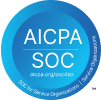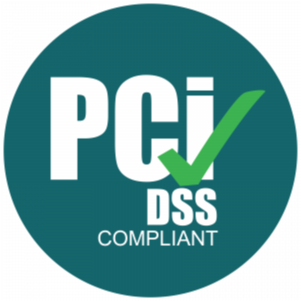Employee Net Promoter Score – eNPS
eNPS is an index used to measure employee loyalty toward your brand, company, or service. On a 0 to 10 scale, employees are asked to provide feedback about how likely they are to recommend your services in the future.
eNPS is a widely adopted metric used by many organizations.
The Employee Net Promoter System: Measuring Employee Loyalty with eNPS
Creating an eNPS Survey in Sogolytics
Text for the eNPS question is automatically generated, with default text reflecting the proven industry standard. We strongly recommend that you use the default text. The only change you should make is to insert the name of your brand, company, or service.
The scale for an eNPS question is always 0 to 10 and cannot be changed. On this scale, 0 is Not at all Likely and 10 is Extremely Likely.

To keep things simple, you may choose to use an eNPS survey template from our survey template bank.
Note that the eNPS question type may be used in both Survey and EX Project types, but only in SogoEX will you be able to to track eNPS across the Dashboard, conduct Key Driver Analysis, and analyze open-ended follow-up responses.
Understanding the Employee Net Promoter Score: Detractors, Passives, and Promoters
While an eNPS question may look like an ordinary rating question, the way responses are analyzed is a bit different than an ordinary average weighted score.
Responses to a Employee Net Promoter Score question categorize employees as follows:
- Detractors: Employees who provide responses from 0 to 6. These respondents are less satisfied and are unlikely to have a positive impact on your organization. They are unlikely to recommend you and in some cases may even generate negative publicity about you.
- Passives: Employees who choose 7 or 8. These are satisfied but unenthusiastic employees. They may defect to competitors if they see any available benefits.
- Promoters: Employees who pick 9 or 10. These are your brand ambassadors, those you can consider your most loyal and satisfied employees. They are most likely to demonstrate positive behavior like referring to new employees and spending more themselves.

How to Calculate and Analyze Employee Net Promoter Score
To calculate the eNPS, the percentage of Detractors (those who chose 0-6) is subtracted from the percentage of Promoters (those who chose 9-10).
eNPS = Promoters% (9-10) – Detractors% (0-6)
The Employee Net Promoter Score can range between -100 (all Detractors) to +100 (all Promoters).
Employee Net Promoter Score Analysis
- An eNPS greater than 60, shown in green, is considered excellent.
- An eNPS from 0 to 60, indicated in orange, is decent.
- An eNPS from -100 to 0, highlighted in red, indicates risk.

Employee Net Promoter, Employee Net Promoter System, Employee Net Promoter Score, eNPS, and the eNPS-related emoticons are registered trademarks of Bain & Company, Inc., Fred Reichheld and Satmetrix Systems, Inc. Average eNPS varies by industry.
Learn more about adding Tags to your metric questions to analyze data on the EX Dashboard.
Frequently Asked Questions: eNPS
1. What is a good Employee Net Promoter Score?
A good Employee Net Promoter Score (eeNPS) typically ranges above 60. However, the ideal score can vary depending on your industry, with some sectors achieving average scores higher or lower than others.
2. How often should I run a Employee Net Promoter survey?
It’s recommended to conduct a Employee Net Promoter Survey regularly, such as quarterly or after key employee interactions, to consistently gauge employee loyalty and track improvements.
3. Can I customize the eNPS question in Sogolytics?
Yes, you can personalize the eNPS question by adding your brand, company, or service name, although the scale (0-10) should remain unchanged.
4. How can I improve my eNPS?
Focus on delivering exceptional employee experiences, actively address feedback, and empower your team to provide top-notch service.
5. What are some common mistakes to avoid in eNPS surveys?
Neglecting to pre-populate known data can lead to survey fatigue as easily as sending too many eNPS surveys, and failing to follow up with responses can lead to negative reactions ranging from annoyance to mistrust.
Within this question type, the following options are available:
- Mandatory Response: Require participants to respond to a critical question.
- Encouraged Response: Nudge participants who skip a question to reconsider by displaying a customized request message.
- Data Population: Pre-fill answer(s) during distribution or complete post-participation.
- Question Hint: Add extra information that can help provide clarification for participants.
- Display Format: Set display format as number blogs or smiley faces.
- Customize Style: Choose to use a single color for all answer options or a red, yellow, and green scale.
Subscribe for tips and insights to drive better decisions!












